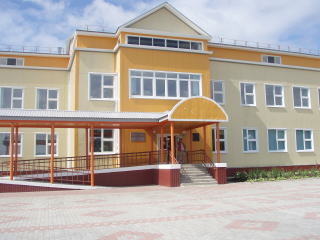1. Nature in the Northern Territories
The average temperature in February is -6.5°C, which is warmer than
inland Hokkaido, and there's less snow due to the ocean current. Even
in August, the hottest month, the average temperature is 16 °C, which
is cool.
Etorofu and Kunashiri islands belong to the Kurile
volcanic belt and have mountains higher than 1,500 m in elevation. The
Habomai Islands and Shikotan Island feature gently rolling hills
(hilly areas).
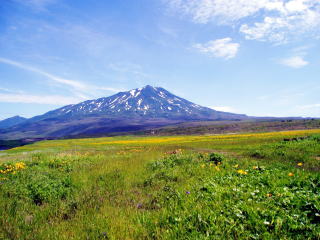
A mountain (elev. 1,582 m) on Etorofu Island
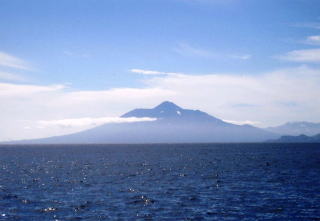
A mountain (elev. 1,772 m) on Kunashiri Island
The highest peak on the four northern islands
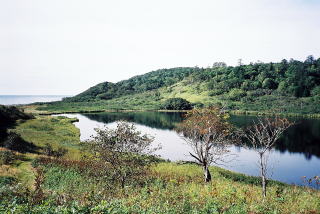
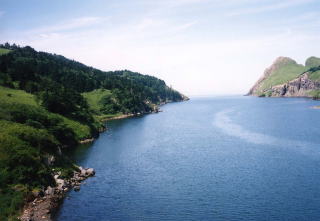
2. Nature in the Northern Territories
There are many animals, including brown bears, Ezo red foxes, seals,
sea otters and dolphins. In addition, there are many rare birds, such
as the tufted puffin etopirika, Blakiston's fish owl and the
white-tailed eagle.
Brown bears and Ezo red foxes are also seen
on Hokkaido.
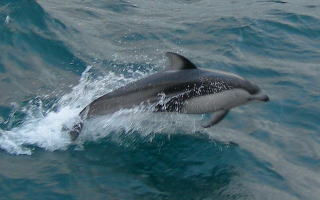
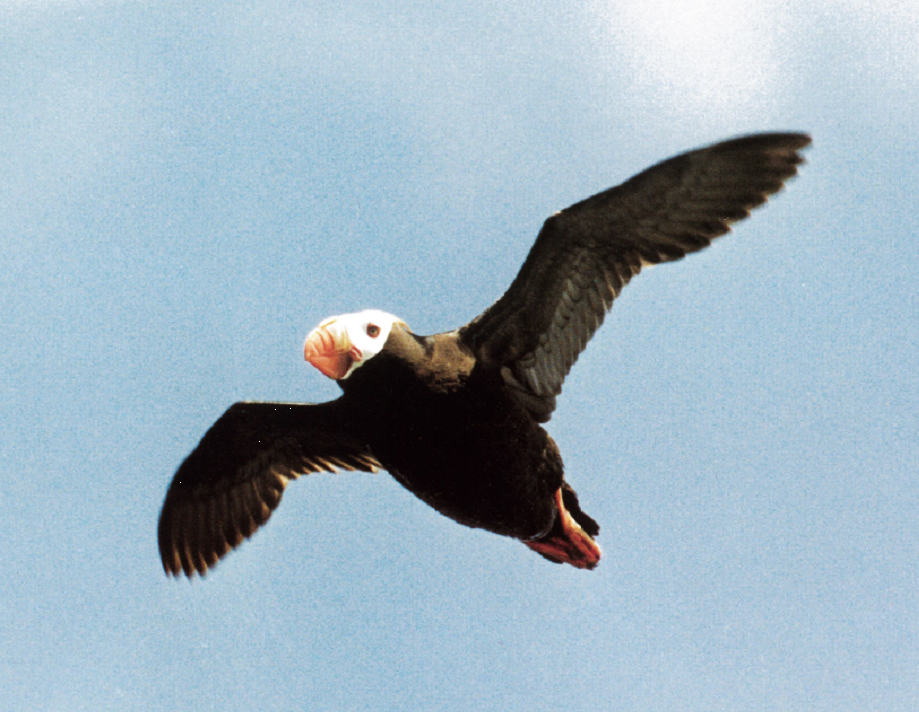
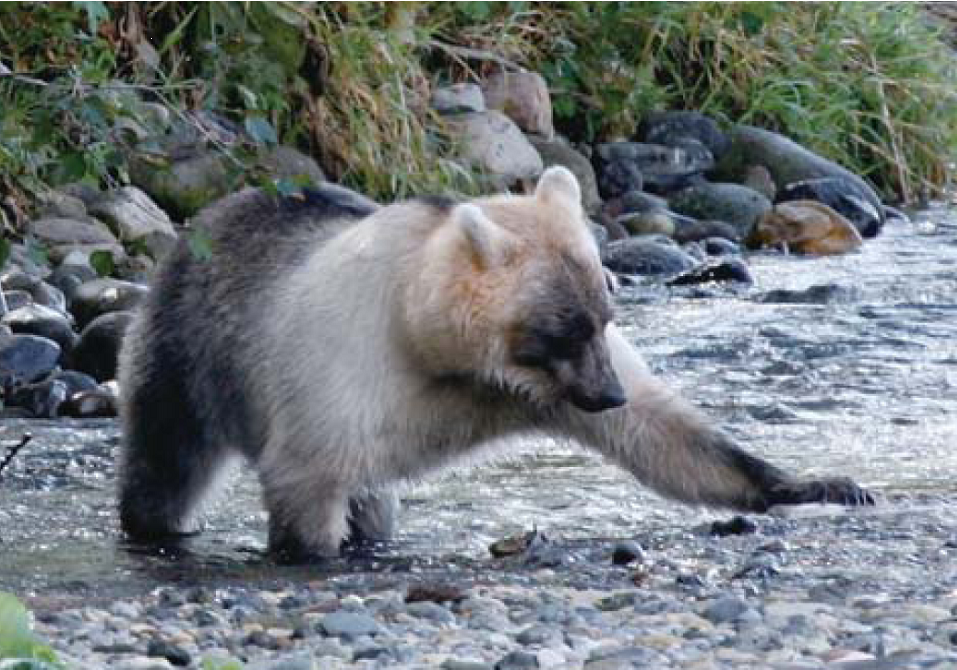
3.Population of the Northern Territories [as of January 2018]
Approximately 18,000 Russians live on Etorofu, Kunashiri and Shikotan
islands.
There are approximately 6,400 people on Etorofu Island, 8,500 people on
Kunashiri Island and 3,000 on Shikotan Island.
Civilians don't live on the Habomai Islands, where only border guards are
stationed.
4. Industry in the Northern Territories
The major industry in the Northern Territories is fishery processing.
The waters around the four northern islands abound in cod, flounder and
crab, and the rivers are spawning grounds for salmon and trout.
On Etorofu Island is a large fishery processing company that uses the latest
equipment to process seafood.
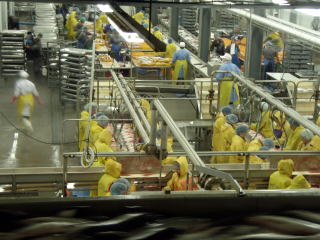
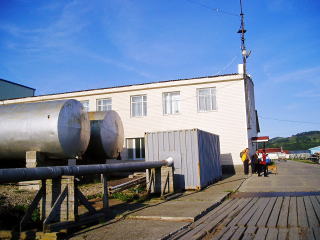
5. Islanders’ lives
It's said that many islanders grow potatoes and red beets at dachas (second homes with farms), cultivate cucumbers and other vegetables in greenhouses, and work various side jobs to make a living.
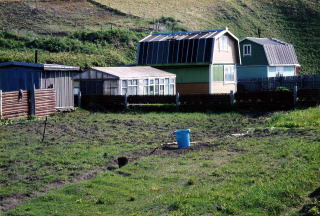
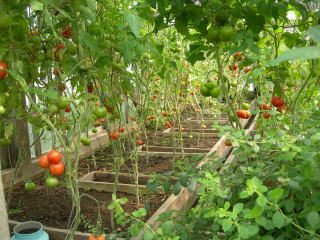
6. Living facilities in the Northern Territories
Roads
Islanders use their own cars for transportation. Previously, there were few paved roads in the Northern Territories, but in recent years, major roads to access airports and salmon and trout hatcheries have been paved.
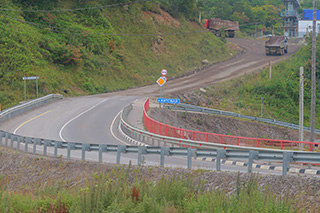
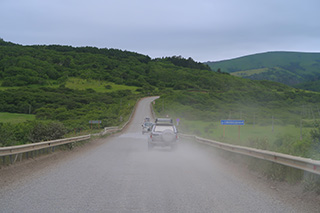
Port/airport improvement
Liners are used to travel between the islands or to Sakhalin. On
Kunashiri and Etorofu islands, there are airports with flights to
Sakhalin.
Disused ships have been abandoned in the port
facilities on the islands; even so, these facilities have been
improved in recent years.
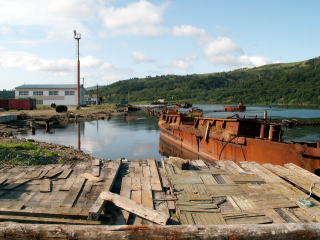
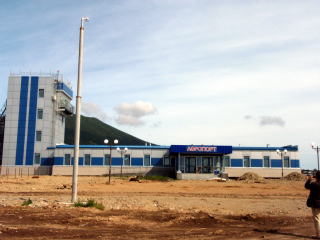
Electrical equipment
On the islands, people depend on electricity in all aspects of life, from lighting to cooking. Blackouts from electricity shortages occurred in the past. However, with humanitarian assistance from Japan, power generation facilities have been built on Shikotan, Kunashiri, and Etorofu islands, and geothermal power generation using the thermal energy of volcanoes has been introduced, reducing outages.
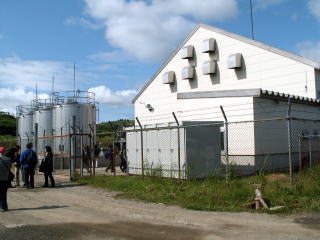
Schools on the four northern islands
The islands’ education system is an 11-year system that runs from elementary school to junior high school and on through high school. Many of the graduates go on to colleges in Sakhalin and Eurasia because there are no colleges on the island.
